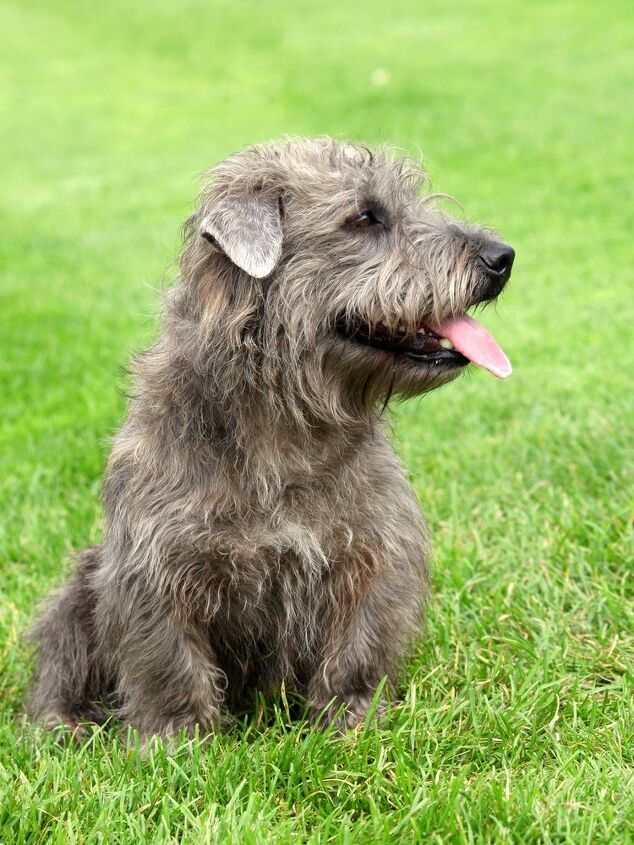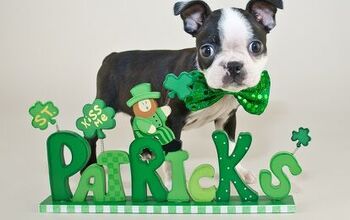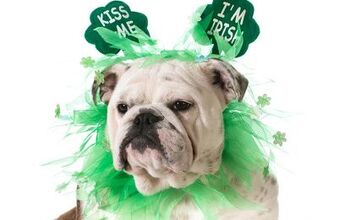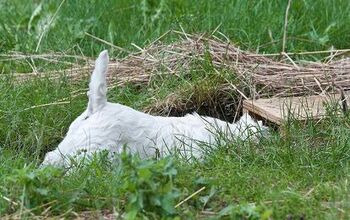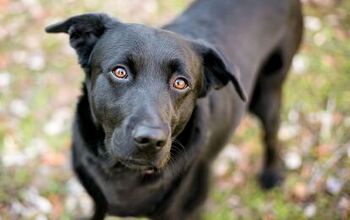Glen of Imaal Terrier


About Glen of Imaal Terrier
Also known as the Wicklow Terrier, the Glen of Imaal Terrier comes from the Glen of Imaal in the County Wicklow, Ireland. This breed is small and spirited, though it is not as excitable as many other terrier breeds. The Glen of Imaal Terrier has been described as a big dog on short legs because it has a spirited personality packed into a small body. This terrier is not demanding but it does love to be lavished with attention from its owners and it tends to get along well with children.
This breed is small and spirited, though it is not as excitable as many other terrier breeds.
The Glen of Imaal Terrier originated in the Glen of Imaal in the County Wicklow, Ireland. This breed was developed to hunt vermin like foxes, rats, otters, and badgers, though it was also used as an all-purpose farm dog. The Glen of Imaal Terrier is different from other terriers in that it was bred to work silently rather than barking to alert its handlers to quarry in the field. The exact origins of this breed are unknown, though there is some reference to similar dogs from the 19th century. These dogs do not closely resemble the modern Glen of Imaal Terrier, however. This breed nearly died out before being revived by breeders in Ireland during the early 20th century. The Glen of Imaal Terrier remains one of the rarest breeds of dog today and it is the least-known of the terrier breeds.
The origins of the Glen of Imaal Terrier are unknown but it looks similar to the Soft-Coated Wheaton Terrier and may share a common ancestor with other terrier breeds.
The Glen of Imaal Terrier is a small-breed dog and, as such, should be offered a commercial dog food that is specially formulated for small breeds. This type of dog food is designed to meet the high energy needs of small breed dogs.
This breed is intelligent so it should respond well to training.
This breed is intelligent so it should respond well to training. The Glen of Imaal Terrier is particularly sensitive to its owner’s tone of voice, however, and it may fail to respond if you do not present yourself as an authority figure. The key to success with this breed is to use positive-reinforcement training methods and to maintain a firm and consistent hand in training. It is recommended that you start socializing and training this dog as early as possible to curb the development of problem behaviors. Incorporating some play into every training session will be helpful for keeping this breed engaged.
The Glen of Imaal Terrier typically stands up to 14 inches tall and it weighs no more than 35 pounds at maturity.
The behavior of the Glen of Imaal Terrier varies depending on what situation it is. When it is with family, the Glen of Imaal Terrier is gentle and loving. When it is hunting, however, it can be very spirited and vigorous. For the most part, this breed is less excitable than other terriers but it does take a little longer to mature than other breeds.
For the most part, the Glen of Imaal Terrier is a healthy breed but, like all dogs, it is prone to certain health conditions. Some of the conditions known to affect this breed include flea allergies, progressive retinal atrophy, and hip dysplasia. Purchasing your dog from a reputable breeder will help to reduce the incidence of congenital conditions because most reputable breeders perform genetic tests on their breeding stock to reduce hereditary health problems.
The average lifespan for the Glen of Imaal Terrier is about 12 to 15 years.
The Glen of Imaal Terrier is less excitable than many terrier breeds but it still requires a good bit of daily exercise. This breed needs a daily walk and it will also appreciate some active playtime during the day. If this breed is not properly exercised it is likely to develop behavioral problems.
The Glen of Imaal Terrier is less excitable than many terrier breeds but it still requires a good bit of daily exercise.
The Glen of Imaal Terrier was first recognized by the AKC on 2004 and it currently belongs to the Terrier group. It was recognized by the Kennel Club of England much earlier in 1975 and by the United Kennel Club in 1994.
The coat of the Glen of Imaal Terrier is unique because it is double-layered with a soft undercoat and a wiry outer coat. The coat of this breed is medium in length and it comes in a variety of colors including blue and wheaten in various shades. This breed does not tend to shed much, though regular brushing and stripping will help to keep its coat in good condition.
When they are born, Glen of Imaal Terrier puppies often have black highlights in their fur and they may also exhibit a stripe of darker fur down the middle of their back. As the dog matures, these features tend to fade. The average litter size for the Glen of Imaal Terrier is about 3 to 5 puppies. As is true for all breeds, it is recommended that you start socializing and training your Glen of Imaal Terrier puppy as early as possible to curb the development of problem behaviors.
Photo credit: Radomir Rezny/Shutterstock; DejaVuDesigns/Shutterstock

Kate Barrington is the loving owner of two cats (Bagel and Munchkin) and a noisy herd of guinea pigs. Having grown up with golden retrievers, Kate has a great deal of experience with dogs but labels herself a lover of all pets. Having received a Bachelor's degree in English, Kate has combined her love for pets and her passion for writing to create her own freelance writing business, specializing in the pet niche.
More by Kate Barrington




